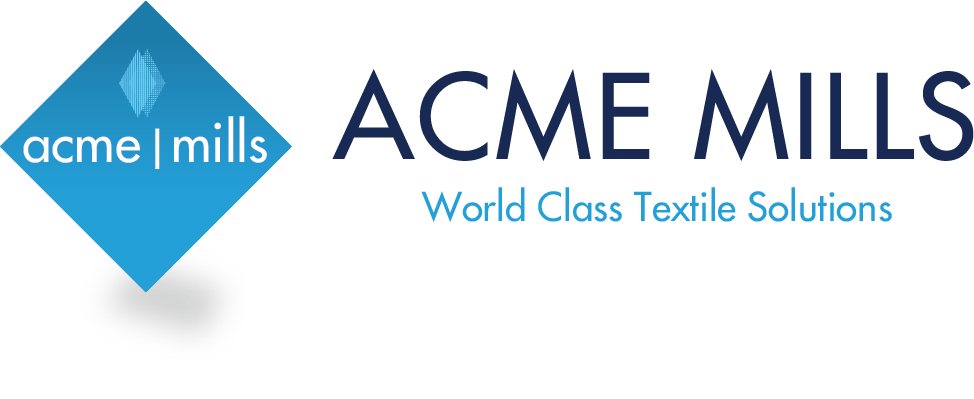As outlined in Textile Learner’s article “Characteristics of Nonwoven Fabric | Uses and Specialty of Nonwoven Products,” nonwoven fabrics are uniquely engineered materials created from fibers, continuous filaments, or cut yarns. These fabrics are flexible and porous, consisting of one or more layers, and are bonded through chemical, thermal, or mechanical processes. Depending on their intended application, nonwoven fabrics can vary widely in appearance, texture, thickness, and strength.
Nonwoven fabrics can be designed to resemble paper, felt, or even woven textiles. Their characteristics range from being soft and resilient to hard and stiff, with varying degrees of pliability and durability. They can be as thin as tissue paper or much thicker, and their porosity can range from very low to high tensile strength. The methods used to fabricate these fabrics—whether through gluing, heat bonding, or sewing—further contribute to their versatility. This adaptability allows nonwovens to meet the specific needs of different applications, from being lightweight and disposable to being durable and reusable.
The uses of nonwoven fabrics continue to expand across multiple industries due to their cost-effectiveness and suitability for a wide range of purposes. Disposable nonwovens, for instance, are popular in personal hygiene products like diapers and sanitary napkins, as well as in medical products such as surgical gowns, drapes, and masks. Durable nonwovens, on the other hand, find applications in consumer goods like household items, home furnishings, and even clothing and apparel. Industrial uses of nonwoven fabrics include filters, insulation, packing materials, and geotextiles for road-building.
Click here to learn more about Acme Mills’ capabilities or products.
Article with all rights reserved, courtesy of textilelearner.net.










